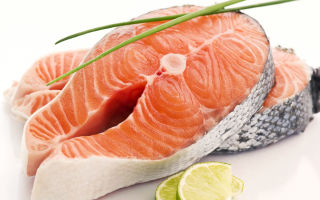Content
Arrhythmia is considered a common form of heart rhythm disturbance. In another way, the pathology is called atrial fibrillation. A characteristic feature is sudden attacks of rapid heartbeat or tachycardia. Perhaps a feeling of sinking heart, after which it begins to beat intensely. These symptoms are accompanied by hand tremors, severe weakness and tremors. Nutrition is essential for cardiac arrhythmias. A balanced diet allows you to minimize the manifestations of pathology.
What foods are good for heart arrhythmias
Pathology implies a violation of the function of the heart muscle of a contractile nature. The cause is disorganization of atrial activity. The heart rate can speed up to 600 beats per minute. The number of ventricular and atrial contractions becomes arrhythmic.
Among the causes of atrial fibrillation are called:
- hypertension;
- postoperative conditions;
- disease of the coronary arteries of the heart;
- congenital and acquired heart defects;
- endocrine diseases such as diabetes mellitus;
- dysfunction of the central nervous system;
- disorders of the digestive tract;
- abuse of alcoholic beverages, coffee and smoking;
- emotional outbursts;
- increased physical activity.
Arrhythmia can also be sinus. With this type of pathology, the heart rhythm is disturbed due to a failure in the sinus-atrial node. It is usually a consequence of parasympathetic regulation and is visualized on an ECG.
Sinus arrhythmia can indicate both minor changes and serious pathologies. The rhythm disturbance is sometimes asymptomatic. The causes of occurrence include:
- heart defects that lead to a change in the anatomical structure of the organ;
- Ischemic heart disease;
- the consequences of damage to the heart muscle;
- disorders of the thyroid gland;
- increased concentration of stress hormones;
- anemia;
- prolonged elevated temperature;
- VSD;
- intoxication.
With sinus arrhythmia, short-term oxygen starvation of the brain occurs, which has a bad effect on the functioning of many organs and systems. Among the signs are:
- stopping and then accelerating cardiac pulsation;
- pallor or "pinkness" of the skin;
- blue nasolabial triangle;
- feeling of oxygen deprivation;
- anxiety, panic, fear of death;
- tremor of the limbs;
- chest pain;
- light-headedness in the elderly.
Treatment is conservative and surgical. A special diet that includes healthy foods helps prevent symptoms. Sinus respiratory arrhythmia is not considered a pathology. It is diagnosed mainly in young people.
Nutrition for atrial fibrillation
There is no specially formulated diet.Doctors recommend adhering to the diet indicated for diseases of the cardiovascular system. With arrhythmias of the heart, you need to eat the following foods that help prevent heart attacks and strokes:
- fruits and vegetables (including leafy ones);
- whole grains;
- fish and poultry;
- lactic acid products (fat-free);
- nuts and legumes.
Not only nutrition is essential, but also compliance with the drinking regime. It is known that dehydration provokes the appearance of symptoms characteristic of cardiac pathologies.
Proper nutrition for sinus arrhythmia
If the heart rhythm is disturbed, it is important to saturate the body with substances that include:
- calcium;
- potassium;
- iron;
- magnesium;
- potassium.
Valuable sources of these nutrients are the following foods used for cardiac arrhythmias:
- Red beans;
- cucumbers;
- spinach;
- buckwheat grain;
- avocado;
- lentils;
- peas;
- bananas;
- dried fruits (dried apricots, prunes, raisins);
- parsley, celery;
- low fat cheese and cottage cheese;
- beets and white cabbage.
You need to drink about 2 liters of liquid per day. Decoctions of medicinal herbs and green tea are useful.
How to eat with heart arrhythmias
An abnormal heart rhythm is common. Food for cardiac arrhythmias should be as dietary as possible. You should adhere to the basic rules:
- Eating 4-5 times a day. It is highly undesirable to overeat. You need to eat only if you are hungry.
- Calm psycho-emotional state. It is not recommended to eat when aroused. You should also not read, watch TV, or work at the computer while eating.
- Comfortable temperature. Hot and cold food is bad for the body. Food must be chewed thoroughly.
Consideration of the correct ratio is essential in nutrition:
- vegetable food - up to 60%;
- carbohydrates - 25%;
- proteins - 30%.
Top 7 most useful foods for heart arrhythmia
Eating with heart rhythm disturbances implies the names of various groups. They need to be included in the diet on an ongoing basis.
The grape juice
The drink must be natural. Juice from red grapes is more effective than aspirin. Its use is the prevention of heart attack and blood clots.
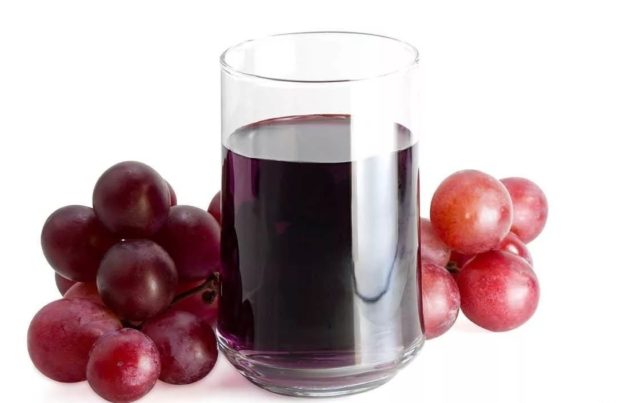
Dairy products
Cheese, milk and cottage cheese are useful. It is advisable to make a choice in favor of the use of natural products containing essential minerals and vitamins. For example, tocopherol present in the diet supports the health of the heart and blood vessels.
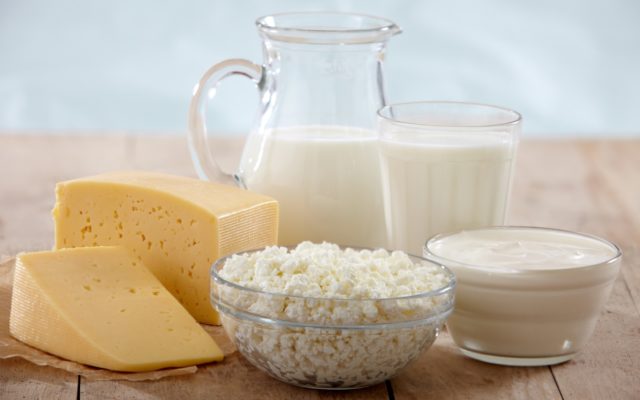
A fish
Seafood is highly regarded by nutritionists. If possible, it is necessary to use fatty varieties containing a significant amount of Omega-3:
- salmon;
- mackerel;
- herring;
- cod.
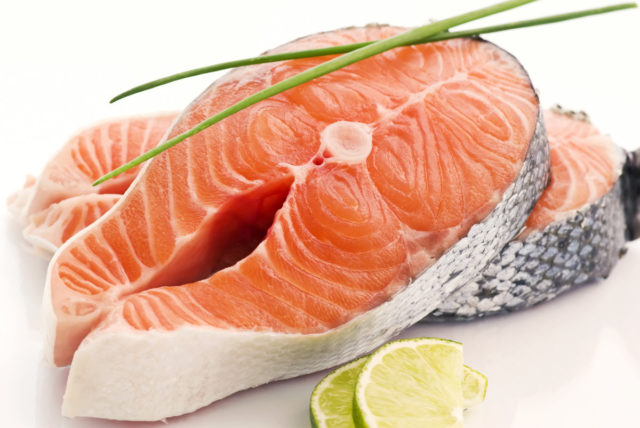
Walnuts
Foods used for arrhythmias should include the necessary nutrients. In particular, walnuts normalize heart rate by neutralizing bad cholesterol.
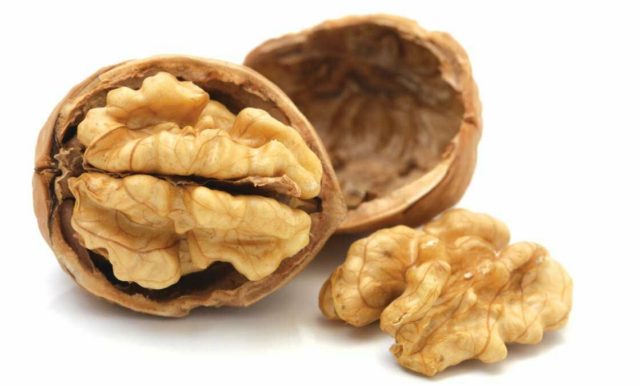
Apples
It is important to eat properly with atrial fibrillation. Fruit should be included in your daily diet. Apples are a source of flavonoids. These substances strengthen the heart muscle.

Legumes
Beans and lentils are rich in fiber and omega-3 fatty acids. These products are useful instead of a side dish.
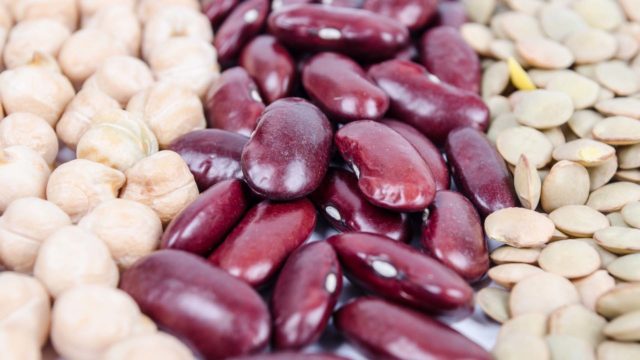
Oatmeal
Cereal culture is a great breakfast option.Oatmeal contains omega-3s, folate and potassium. Porridge can reduce the level of bad cholesterol and strengthen blood vessels.
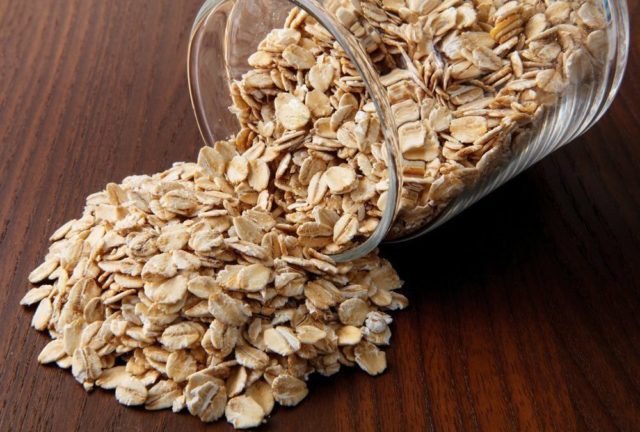
What foods can not be eaten with arrhythmia
Proper nutrition is essential when the heart rhythm is disturbed. Prohibited foods for sinus arrhythmia include fried foods, which include a significant amount of animal fats. This food has a high concentration of cholesterol. The use of such products provokes the appearance of atherosclerotic plaques.
Atrial fibrillation is often complicated by other somatic pathologies. To prevent the appearance of new attacks, you need to exclude from the diet:
- confectionery and bakery products;
- names including sugar and salt;
- smoked meats, sausages;
- pickles;
- fatty fish and meat.
It is advisable to replace these products with raw, stewed or steamed vegetables and fruits. They contain fiber, which improves metabolic processes.
What foods cause heart arrhythmias
Eating can provoke attacks of heart rhythm disturbances. Foods that cause cardiac arrhythmias include:
- fatty and fried foods;
- smoked meats;
- strong coffee or tea;
- chocolate;
- spices (hot and salty).
Conclusion
Food for cardiac arrhythmias should include a sufficient amount of omega-3 fatty acids, calcium and potassium, magnesium, iron. The sources of these nutrients are seafood, fruits and vegetables, legumes and grains. It is recommended to limit the use of fatty and salty foods, spices.

